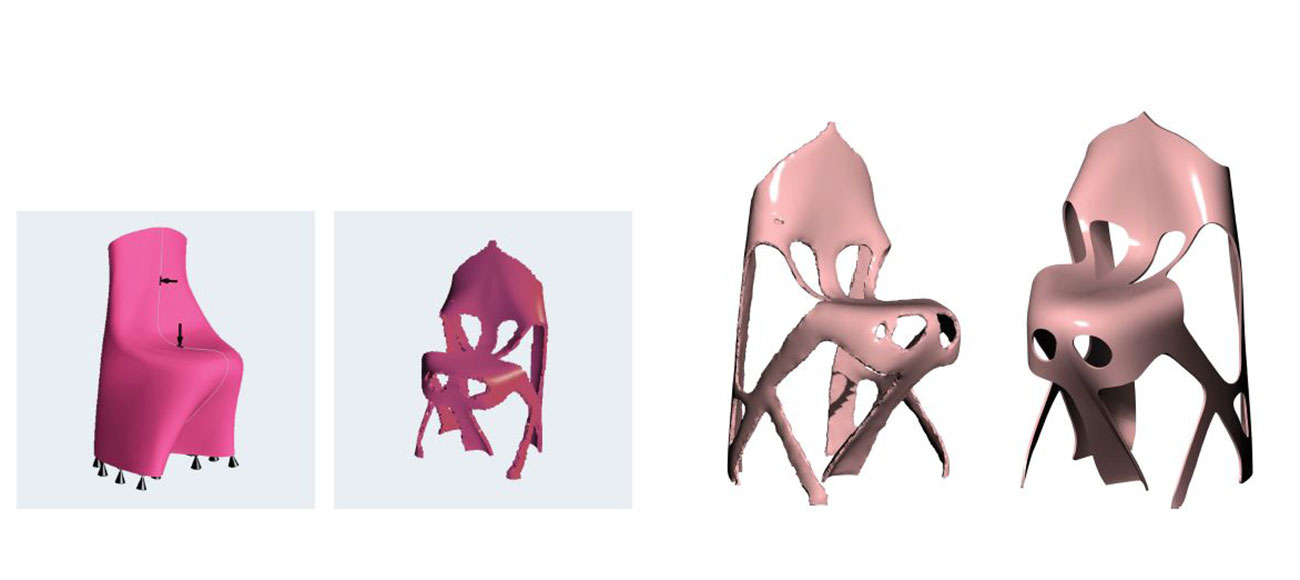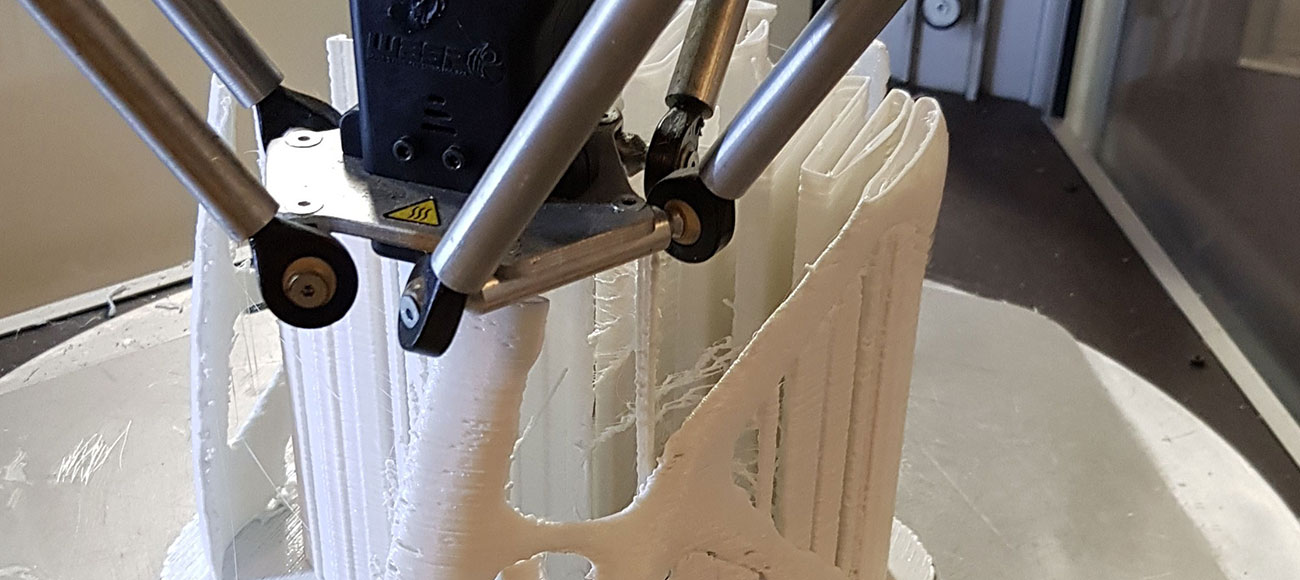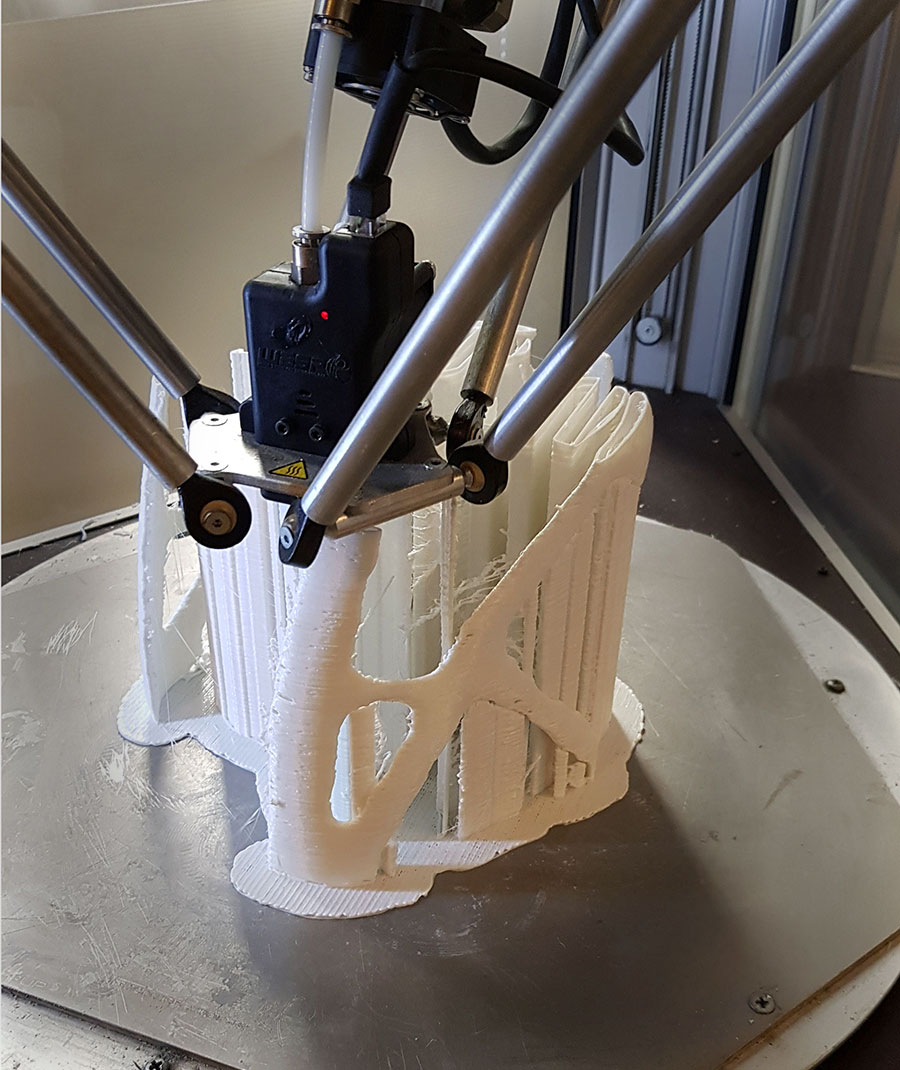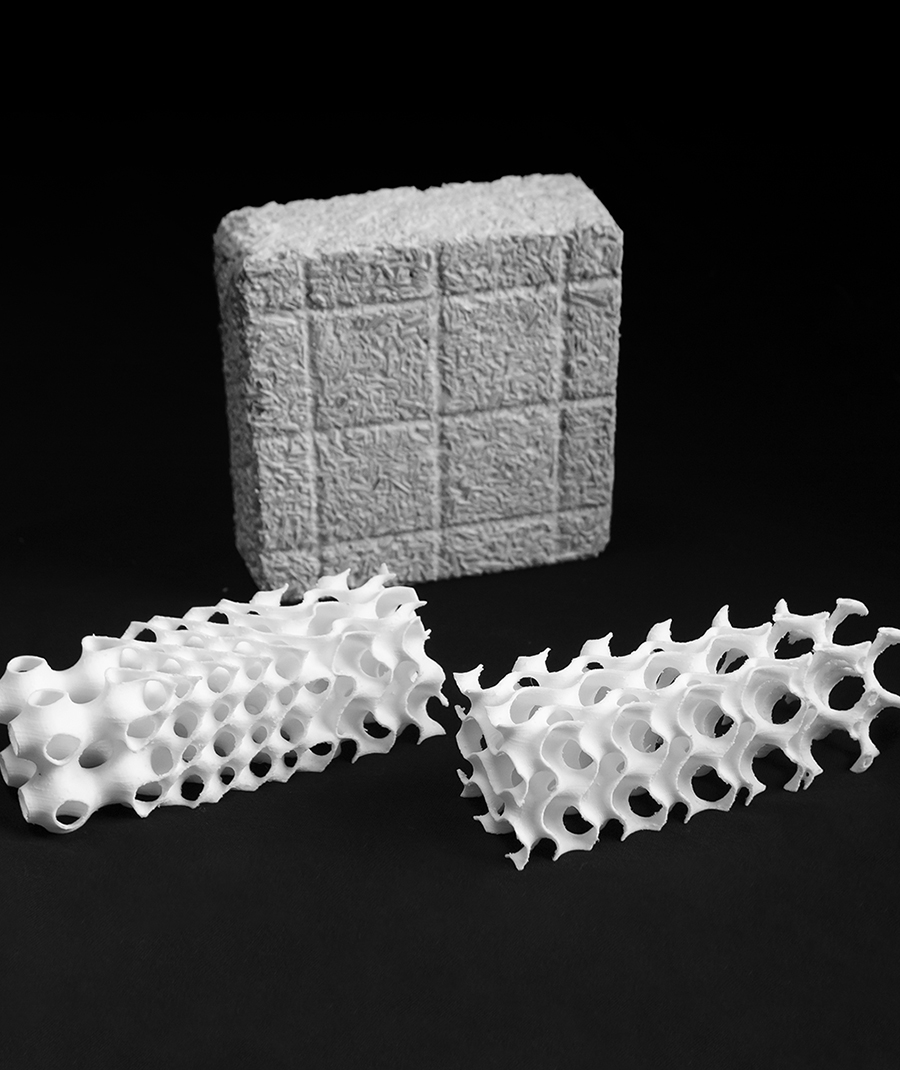The culture of design has evolved to a more multifaceted and multidisciplinary approach that involves data gathering and physical simulations. An architectural configuration today is expected to model various factors that implicate conflicting changes to the formation of morphologies. The burden of simulations has extended from design verification to design driving and speculation.
Simulation Driven Design allows for multidisciplinary processes to coexist in a single environment that drives the design evolution, encouraging one to explore a broader solution space. This allows for validation of the physical aspects in the building design during the early stages of the development and releases the designer from the usual project constraints. It also accounts for the different environmental aspects to be addressed taking into consideration material resourcefulness, performance, and tectonics.
Our research focuses on addressing the multidisciplinary challenges of the design methodology, to facilitate a more orderly process that focuses on material formation, conservation and accumulation. Its emphasis on investigating novel systems that produce a balanced process of form generation and structural geometry. Our research will cover multiple functions of the design discipline, from topology optimization, thermal performance and adaptive structures, catering to a more sensible and material-based approach to design of the built environment. This research leverages on the latest advancements in computational processes, material compositions and digital fabrication techniques. It will aim to achieve design freedom, complexity and efficiency in offering smart and sustainable solutions for the future built environment.








